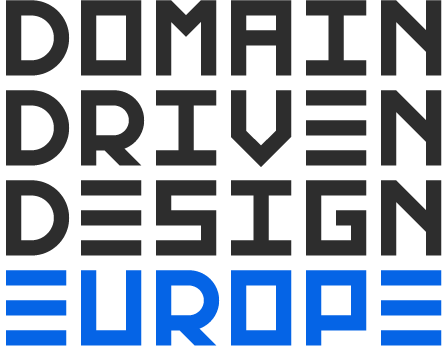
Carlo Pescio
Recorded at Domain-Driven Design 2016, January 26-29, Brussels
Bio
I've been creating software for over 35 years, learning, practicing, teaching and writing. In the paper era (‘90s) I published about OOP/OOD on IEEE Software, the Journal of Object Oriented Programming, the C++ Report, Object Expert, etc. I still write occasionally: my latest work is an exploration of Aspect-Oriented Design at aspectroid.com. In my everyday life, I design software-intensive systems at different scales, using a number of paradigms, languages and technologies. I complement practice with a rather strong theoretical background, and I tend to go where no one has gone before.
Talk: Software Design and the Physics of Software
We often speak of software as possessing properties, usually expressed using –ilities (extendibility, reusability, scalability), or by adherence to some principle (separation of concerns, don’t repeat yourself), or defined by metrics (coupling, cohesion) or even using broad, subjective characterizations as “fragile”, “robust”, “clean”, etc.
This is also true for physical materials: we define a material as a conductor, or an insulator; as being compressible or incompressible; etc. However, a property in physics is always defined in relationship to a (generalized) force applied to the material. We speak of conductors and isolators because we have a notion of electrical current and electric potential difference; we speak of compressibility because we have a notion of compression; etc.
In software, we speak of properties like “extendibility” or “fragility” but we’re left to vernacular usage or arbitrary definitions, because the forces at play are unknown and undefined. Yet there are forces acting on our software. We just don’t know them well and we don’t use them well when we design software structures.
This talk is about a possible theory of forces in software, and how it can inform the way we design, the way we talk about design, the way we think about design. While it is necessarily broad and introductory, it also gives a few specific examples in relationship with known principles and a more precise characterization of some –ility, together with a few new concepts that form the basis of the theory itself.